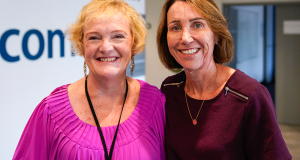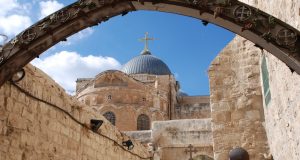By Jess Pinkerton – Mission Integration Project Officer
Anyone who knows me knows I love to plan. I like writing lists and ticking off tasks when they are
complete. I love being organised, knowing what’s next, and getting things done. I remember
someone telling me as a young adult that “planning and preparation prevents poor performance,”
and I wonder if the alliteration, or just the fear of a job not being done well, made it stick.
Like anything, a restoration project needs a plan. I did Manual Arts (Woodwork) in high school and
remember my final year 12 project. We had to design and build something. It could be anything, but
had to include timber and demonstrate the skills we’d learned. A while earlier, we’d pulled apart my
grandparents’ milking shed, and I’d decided I wanted to keep the doors. They were old, heavy,
covered in dirt, and well-worn but full of wonderful memories of milking and being on the farm.
At that time, I didn’t know what I’d do with them, but when that final project was released, I quickly
got to work. I got out my 2B pencil, drew a design, and wrote up a plan. First was cleaning, then
sanding, measuring, cutting, more sanding, drilling, joining, screwing, and finally oiling. The project
took a long time and almost wasn’t complete in time for moderation.
Although not everything followed the original plan (like finding that the warped timber meant that
the butt joints didn’t sit flush on one side and that the original castors weren’t strong enough to hold
the weight), I stuck at it and adapted the plan as required. The finished product is a blanket box
that sits proudly in my lounge room today. I originally used it as my glory box (ask someone who
grew up in the 50s or 60s what that is if you don’t know), and it’s moved with me to every house I’ve
lived in. It’s a beautiful piece of furniture, and I’m so glad I get to hold onto this piece of my
grandparents’ farm. I hope it stays in the family for generations.
I wonder whether Abram had ever thought about how something would be passed down the
generations when God appeared to him at ninety-nine. He was childless at that time, but
God revealed to him a plan that included children, royalty, new names for him and his wife, and a
covenant for a relationship for generations to come (Genesis 17).
No doubt Abraham and Sarah were surprised, but we see that they and God were faithful. If we
follow the trail through history, and we find that there were children, royalty, and a covenant relationship
that still lasts today. We read later in Romans that Abraham didn’t waver “but was strengthened in
his faith and gave glory to God, being fully persuaded that God had the power to do what he had
promised” (Romans 4:20-21).
I wonder if Abraham ever wished to know more of God’s plan. I know I do, and sometimes find it
hard when I don’t know the full plan. But then I remember that God is faithful and has revealed the
plan to many along the way and that we are all part of that plan. The great plan for all people to
be in a relationship with God. So, as we journey to restoration this Lent, let’s recognise the faithfulness
of God throughout history. Let’s recognise that God has a plan, that we, the people of God, are part
of that plan, and that God is waiting for us to join in, be changed, and be transformed.
 JourneyOnline
JourneyOnline







